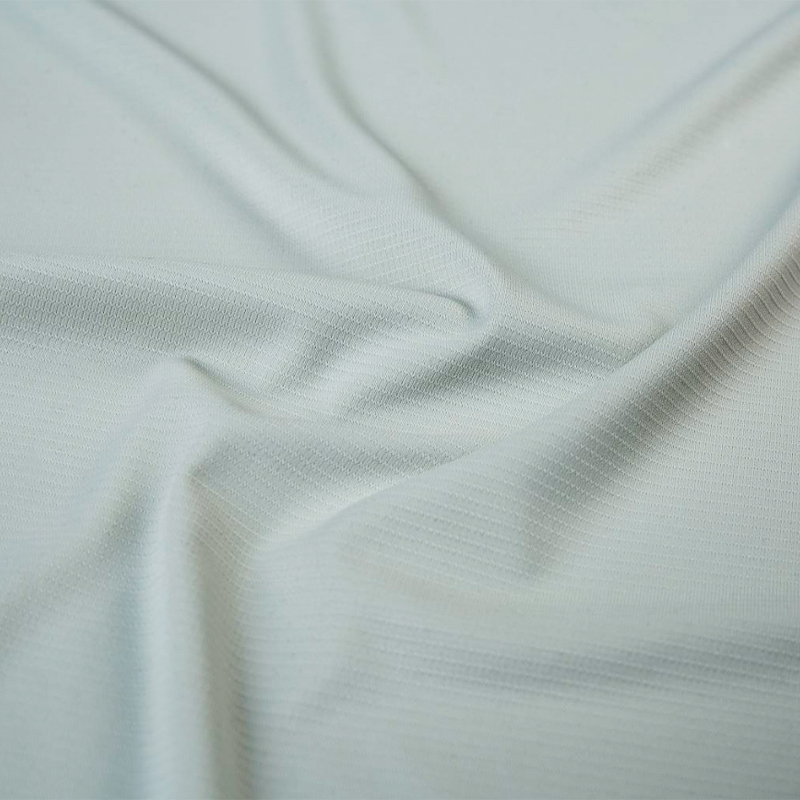Different warp knitting patterns significantly impact the warp knitting clothing fabric's softness through variations in structure, density, and yarn interlocking techniques.
Tricot patterns, for example, are typically smoother and softer due to their fine, closely packed yarns that create a uniform surface. The fine gauge and continuous filament yarns used in tricot contribute to its silky texture and comfortable hand feel, making it ideal for intimate apparel and lightweight garments.
Raschel patterns, on the other hand, can vary widely in texture depending on the specific design. Raschel fabrics often have more open, intricate structures that can range from soft and lacy to more rigid and less smooth. The complexity and openness of the knit can affect how the fabric feels against the skin, with more intricate designs potentially feeling less soft due to the presence of more pronounced texture.

Milanese patterns, known for their high-quality and durable construction, also offer a soft hand feel. The fabric produced through Milanese knitting is generally smooth and has a luxurious touch due to the use of fine yarns and a stable, uniform knit structure.
While tricot knitting tends to produce the softest and smoothest fabrics, the specific pattern and construction method in raschel and milanese knitting can also create varying degrees of softness. The choice of pattern, yarn type, and density all contribute to the tactile properties of the warp-knitted fabric.
.jpg?imageView2/2/format/jp2)
.jpg?imageView2/2/format/jp2)


.png?imageView2/2/format/jp2)






